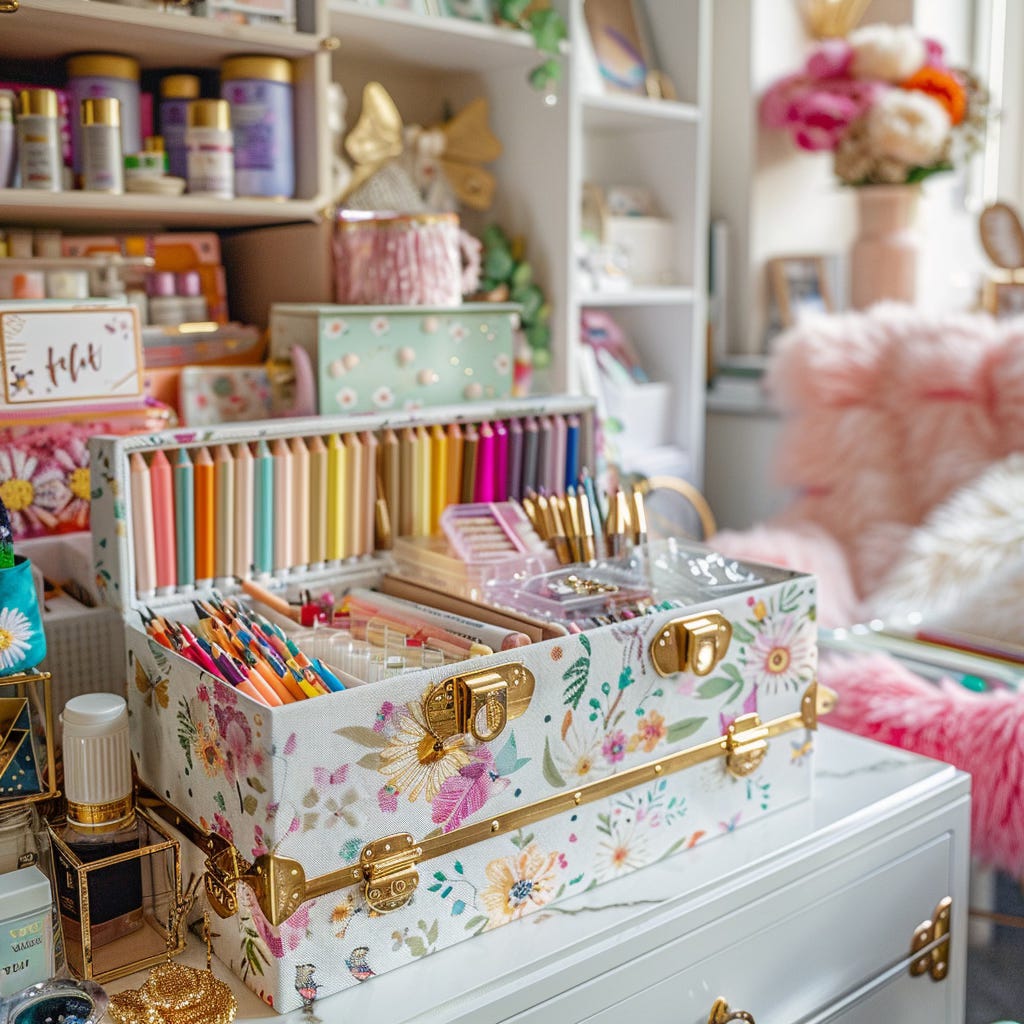In today's fast-paced world, teaching children how to cope with stress and overwhelming emotions is more important than ever. One creative and effective way to do this is by making a coping skills box together. These decorated collage boxes contain a variety of items and activities designed to help children manage their emotions and find comfort during challenging times. Let's explore the benefits of creating a coping skills box with your kiddos and how to get started.
**Benefits of Having a Coping Skills Box:**
1. **Empowerment:** A coping skills box empowers children by giving them tools and strategies to cope with difficult emotions on their own. It teaches them that they have the ability to manage their feelings and find relief when needed.
2. **Emotional Regulation:** The activities and items in a coping skills box help children learn how to regulate their emotions and calm themselves down when feeling overwhelmed. From deep breathing exercises to sensory activities, these tools promote emotional well-being.
3. **Mindfulness:** By including sensory items in the box, such as textured fabrics or scented objects, children are encouraged to engage in mindfulness practices. These activities help them tune into their senses and stay present in the moment, reducing stress and anxiety.
4. **Resilience:** Building a coping skills box fosters resilience in children by teaching them adaptive coping mechanisms. They learn that it's okay to seek support and use strategies to navigate challenging situations, ultimately strengthening their ability to bounce back from adversity.
5. **Bonding Experience:** Creating a coping skills box together can be a bonding experience for parents and children. It provides an opportunity for open communication, empathy, and understanding as they discuss different coping strategies and select items for the box.
**How to Create a Coping Skills Box:**
1. **Choose a Box:** Start by selecting a sturdy and decorative box that your child can personalize. This could be a shoebox, a wooden crate, or any other container they like.
2. **Decorate:** Let your child unleash their creativity by decorating the box with stickers, markers, paint, or any other craft supplies they enjoy. Encourage them to make it uniquely theirs!
3. **Gather Items:** Collect a variety of coping tools and sensory items to include in the box. This could range from stress balls and fidget toys to calming essential oils or a favorite book.
4. **Write Coping Strategies:** Together, brainstorm a list of coping strategies that your child finds helpful. Write these strategies on small pieces of paper and place them in the box. Examples include deep breathing exercises, positive affirmations, or drawing/coloring.
5. **Personalize:** Encourage your child to personalize their coping skills box with items that resonate with them. This could include photos of loved ones, favorite quotes, or small mementos that bring comfort.
6. **Explore Together:** Once the box is complete, explore its contents with your child. Practice using different coping strategies together and encourage them to reach for the box whenever they need support.
As you and your child embark on the journey of creating a coping skills box, you'll find solace in the rhythmic sensation of cutting, crafting, and collaging. With each snip of scissors and stroke of glue, you'll witness the transformation of ordinary materials into a vessel of comfort and support. The act of crafting becomes a therapeutic experience, fostering connection and communication as you work together to fill the box with coping strategies and sensory items.
Remember, crafting a coping skills box isn't just for kids—you can make one for yourself too! Taking the time to create a personalized toolkit for managing stress and overwhelming emotions can be a powerful act of self-care. So gather your supplies, tap into your creativity, and embark on this journey of crafting comfort and resilience, both for yourself and your little ones
.






